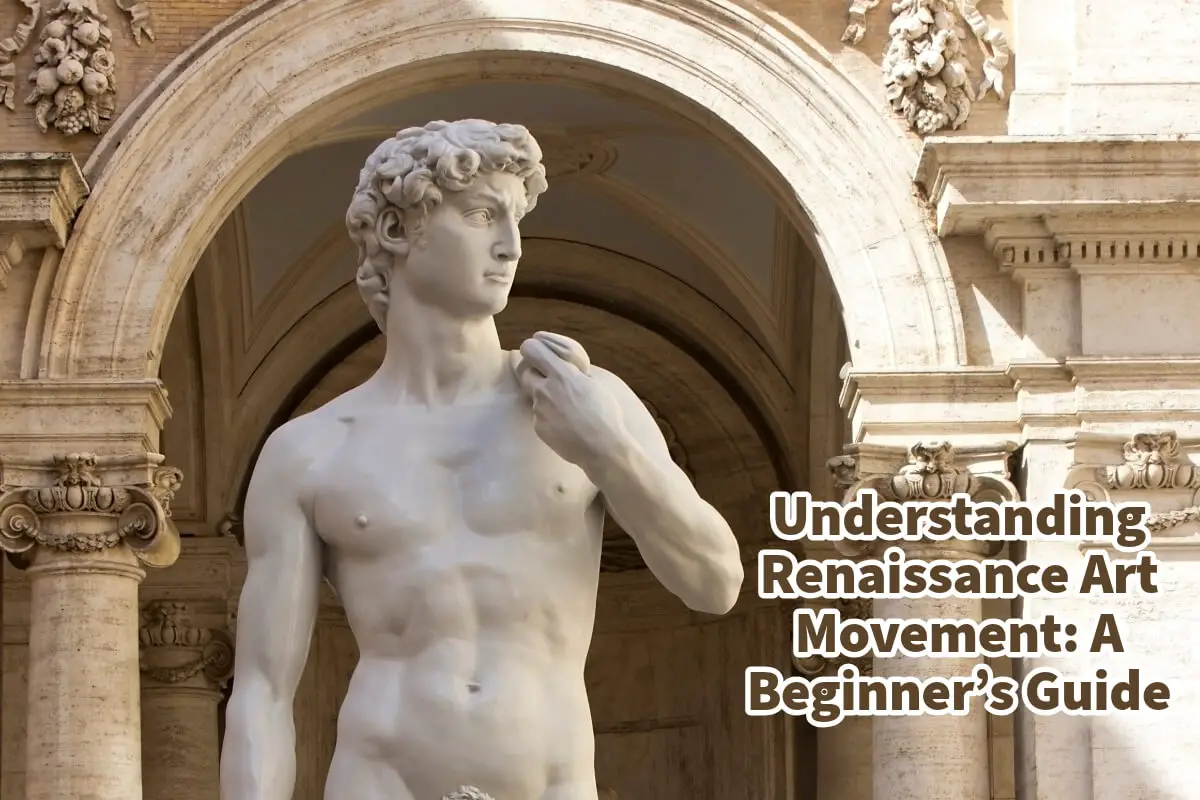The Renaissance was a pivotal period in art history, marked by a rebirth of interest in the classical ideals of Ancient Greece and Rome and a profound transformation in artistic technique and expression.
This era, which lasted roughly from the 14th to the 17th century, bridged the gap between the Middle Ages and modern history, birthing a new wave of creativity, humanism, and exploration. This guide will walk you through the key elements of Renaissance art, introduce you to its most notable artists, and explore the themes and techniques that define this influential movement.
Table of Contents
- The Historical Context of the Renaissance
- Defining Characteristics of Renaissance Art
- Key Techniques That Transformed Art
- The Titans of Renaissance Art
- The Themes of Renaissance Art
- Renaissance Art: A Timeless Legacy
- Related Questions
The Historical Context of the Renaissance
To understand Renaissance art, it’s essential to appreciate the broader context in which it emerged.
The Renaissance, which means “rebirth,” began in Italy during the late 14th century and gradually spread across Europe over the next three centuries. This period was characterized by a renewed interest in classical antiquity, spurred by the rediscovery of ancient texts and the philosophical movement known as humanism.

Humanism: The Intellectual Backbone
Humanism was the philosophical foundation of the Renaissance. It emphasized the value of human beings, individual experience, and the pursuit of knowledge. This shift in thought promoted a more secular worldview than the religious-centric perspective of the Middle Ages.
Artists began to focus on the beauty of the human form, nature, and the tangible world, steering art away from purely religious themes and into new realms of creativity.
Economic and Social Factors
The growth of powerful city-states such as Florence, Venice, and Rome created an environment rich with patronage. Wealthy families like the Medici in Florence provided financial support to artists, enabling them to push the boundaries of their craft. The influence of trade, the rise of the printing press, and the flourishing of intellectual exchange across Europe further contributed to the spread and evolution of Renaissance art.
Defining Characteristics of Renaissance Art
Renaissance art can be recognized by several defining features that distinguished it from the flat, symbolic, and religiously focused works of the medieval period. These characteristics include a heightened sense of realism, an emphasis on perspective, and a greater focus on human anatomy.
Realism and Naturalism
One of the most significant changes during the Renaissance was the shift towards realism and naturalism.
Artists sought to depict subjects as they appeared in real life, paying meticulous attention to detail. This was achieved through the study of light, shadow, and anatomy. Leonardo da Vinci’s Mona Lisa is an exemplary piece that showcases the Renaissance’s commitment to realism through the lifelike rendering of the subject’s enigmatic expression and subtle gradation of tones.
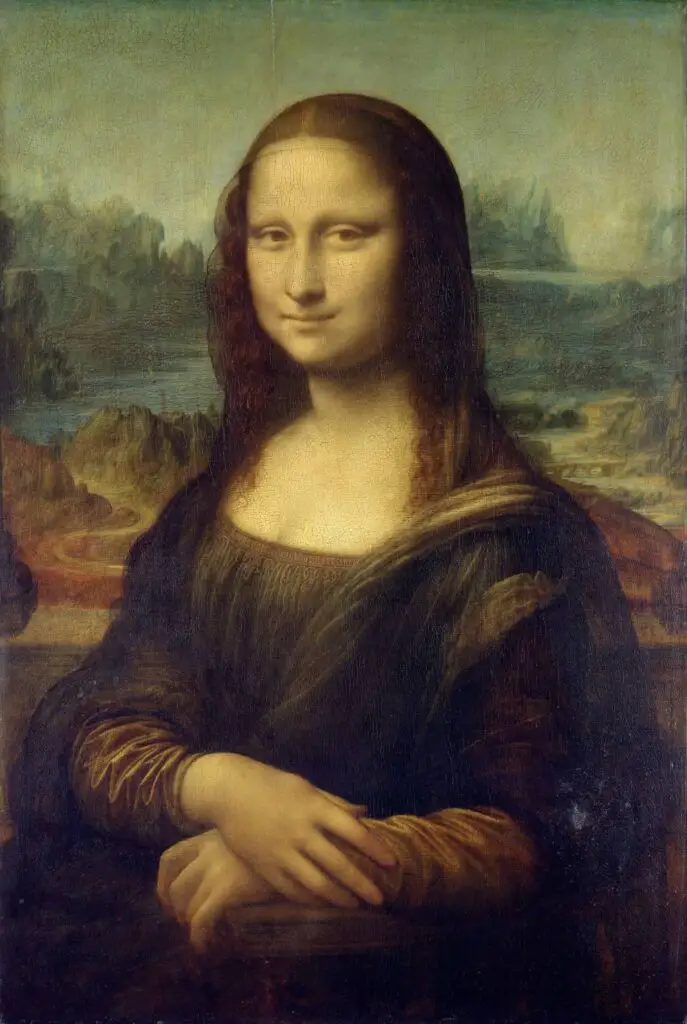
Perspective and Depth
The development of linear perspective was revolutionary in Renaissance art. This technique allowed artists to imagine depth and space on a flat canvas.
Filippo Brunelleschi, an architect and engineer, is credited with formalizing the principles of linear perspective, which artists like Masaccio and Raphael later adopted. Masaccio’s The Holy Trinity is an excellent early example of perspective, where the receding lines draw the viewer’s eye into the depth of the composition.
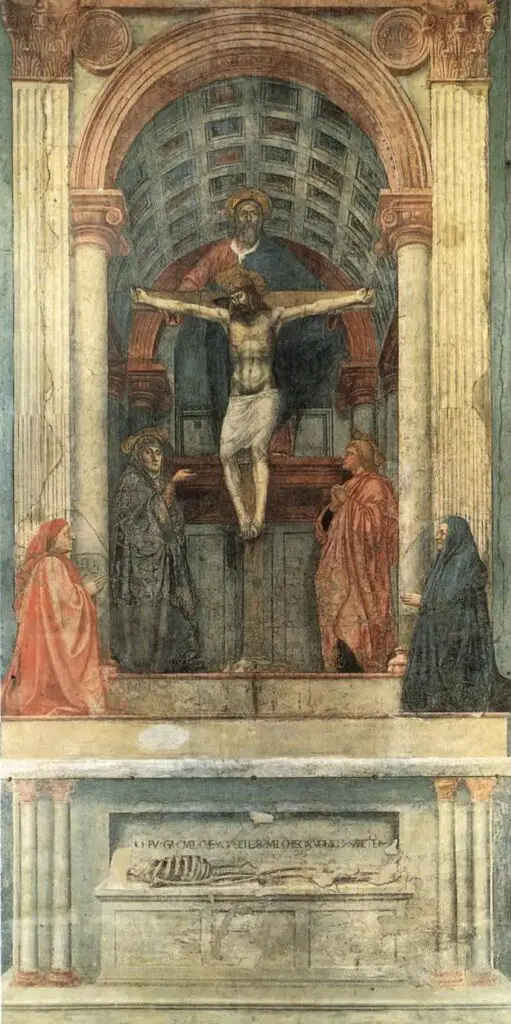
Human Anatomy and Proportion
Renaissance artists studied the human body with an unprecedented level of detail. They conducted dissections and relied on the principles laid out by ancient scholars like Vitruvius to achieve anatomical accuracy.
This pursuit of proportion and idealized form can be seen in works like Michelangelo’s David, which showcases the artist’s profound understanding of the male form, muscular structure, and proportion.
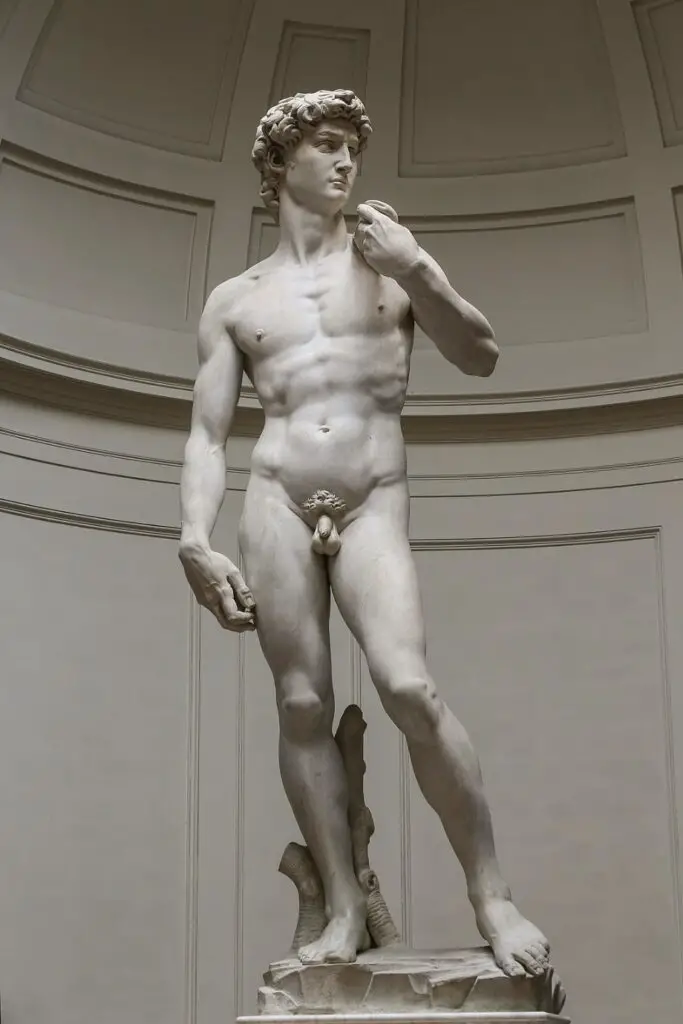
Key Techniques That Transformed Art
Renaissance art was distinguished by the innovative techniques that artists developed to enhance their work. These techniques added depth and realism and created a new visual language that continues to influence art today.
Chiaroscuro: The Play of Light and Shadow
The chiaroscuro technique involves using strong contrasts between light and dark to create a sense of volume and three-dimensionality. This method gives paintings a more dramatic and lifelike appearance.
Leonardo da Vinci was a master of chiaroscuro, using it to enhance the realism of his portraits and scenes. This is seen in The Last Supper, where light falls on Jesus and his disciples, casting shadows that convey depth and emotion.
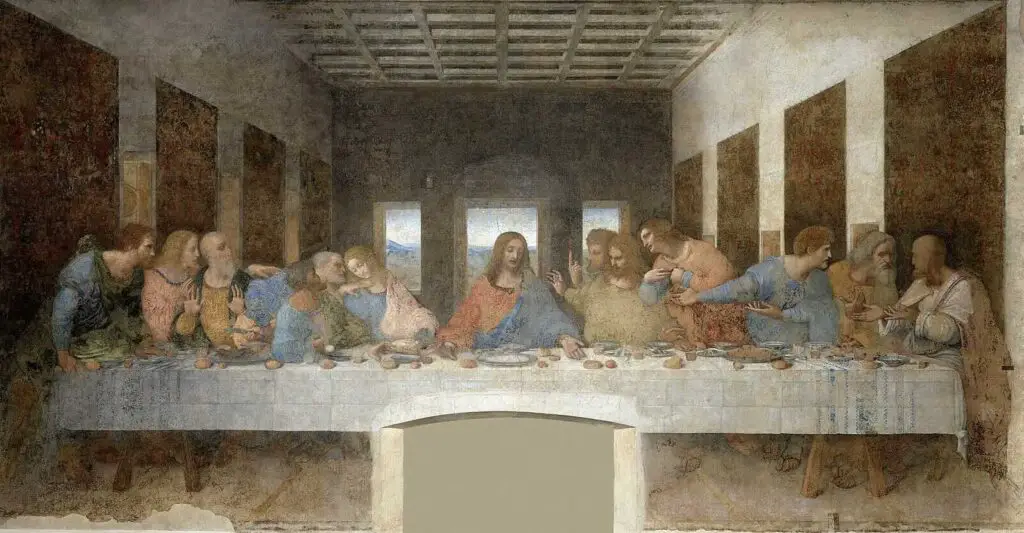
Sfumato: The Softening of Edges
Sfumato is another technique that Leonardo da Vinci is famous for developing. This method involves blending colors and tones so subtly that there are no harsh lines or borders, allowing for a more realistic portrayal of figures and landscapes.
The Mona Lisa is often cited as the perfect example of sfumato. Its delicate transitions of tone around the subject’s face and eyes give it an almost ethereal quality.

Fresco Painting
The fresco technique, which involves applying pigment to wet plaster, was widely used during the Renaissance for large-scale works. This technique was ideal for murals and ceilings, as it allowed the paint to become part of the wall, creating long-lasting art. Michelangelo’s The Sistine Chapel Ceiling remains one of the most iconic examples of this method, showcasing biblical scenes that are vivid, complex, and full of movement.
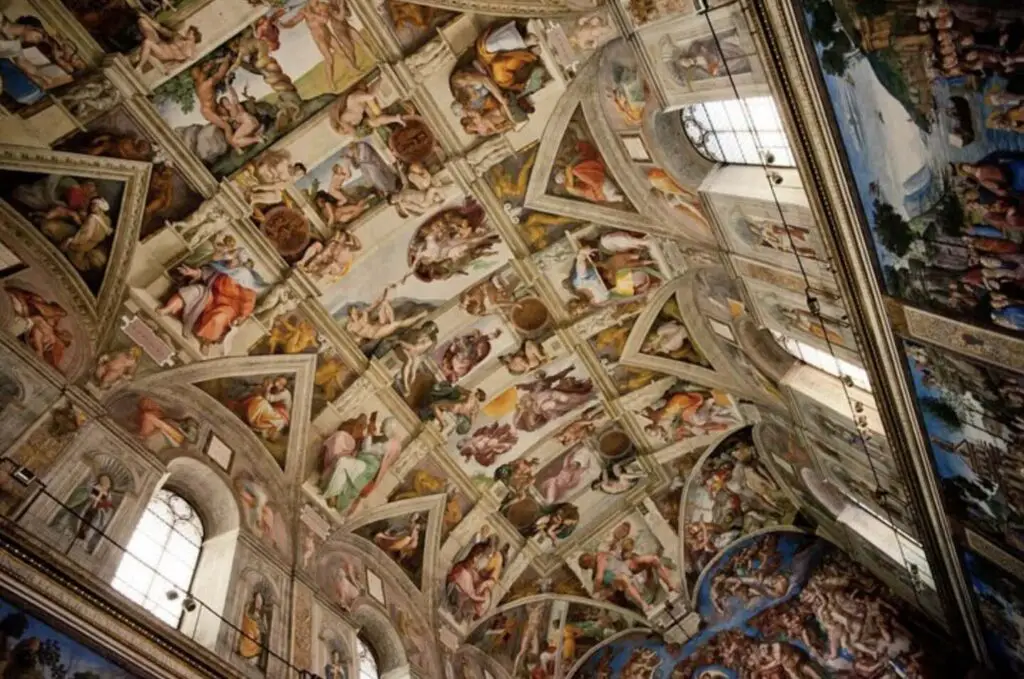
The Titans of Renaissance Art
Several artists stood at the forefront of the Renaissance, pushing the boundaries of creativity and setting the standards for future generations. Here, we delve into the lives and masterpieces of some of the most celebrated figures of this era.
Leonardo da Vinci: The Quintessential Renaissance Man

Leonardo da Vinci epitomized the Renaissance ideal of the polymath. He was not only an extraordinary painter but also an inventor, scientist, and engineer.
His works, such as The Last Supper and Mona Lisa, reflect his deep understanding of anatomy, light, and human expression. His notebooks, filled with sketches and scientific studies, reveal a mind constantly probing the mechanics of life.
Michelangelo Buonarroti: The Sculptor of Genius
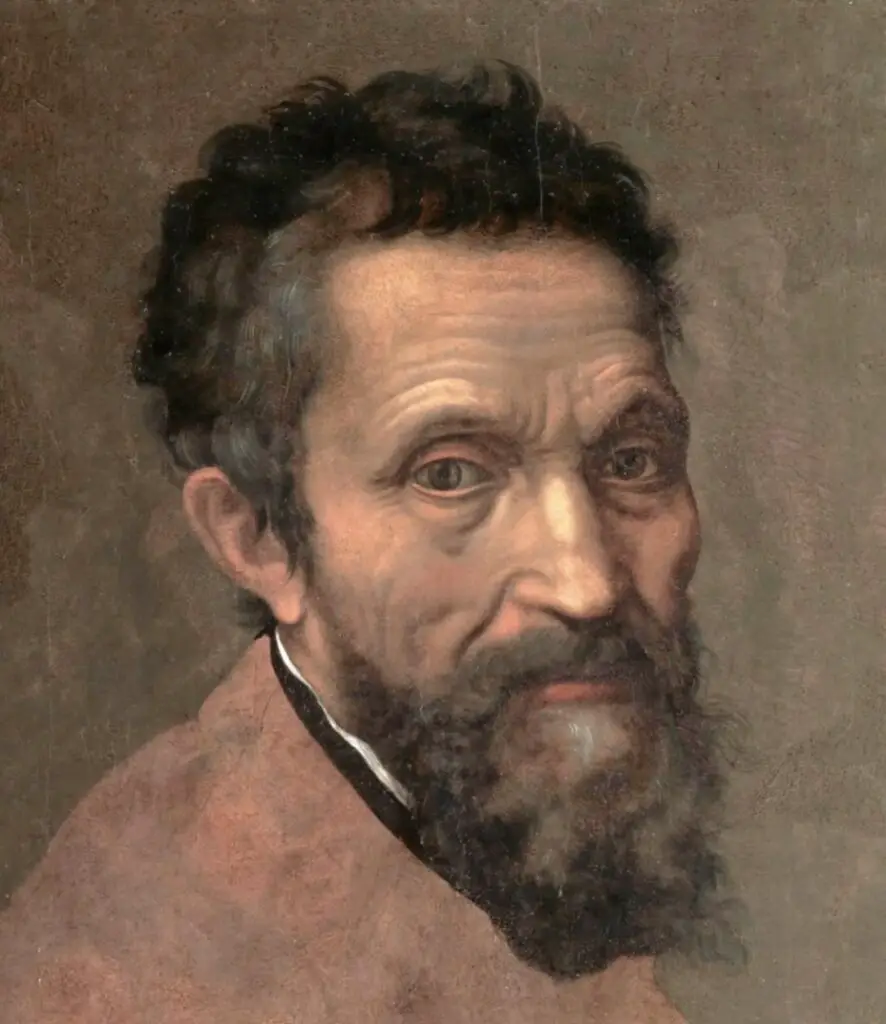
Michelangelo was a master sculptor, painter, and architect whose works are synonymous with the grandeur of the Renaissance. David’s sculpture is a testament to his skill in capturing the human form in its most idealized state. At the same time, his work on the ceiling of the Sistine Chapel demonstrates his unparalleled ability to convey narrative and emotion on a grand scale.
Raphael Sanzio: The Harmonious Innovator
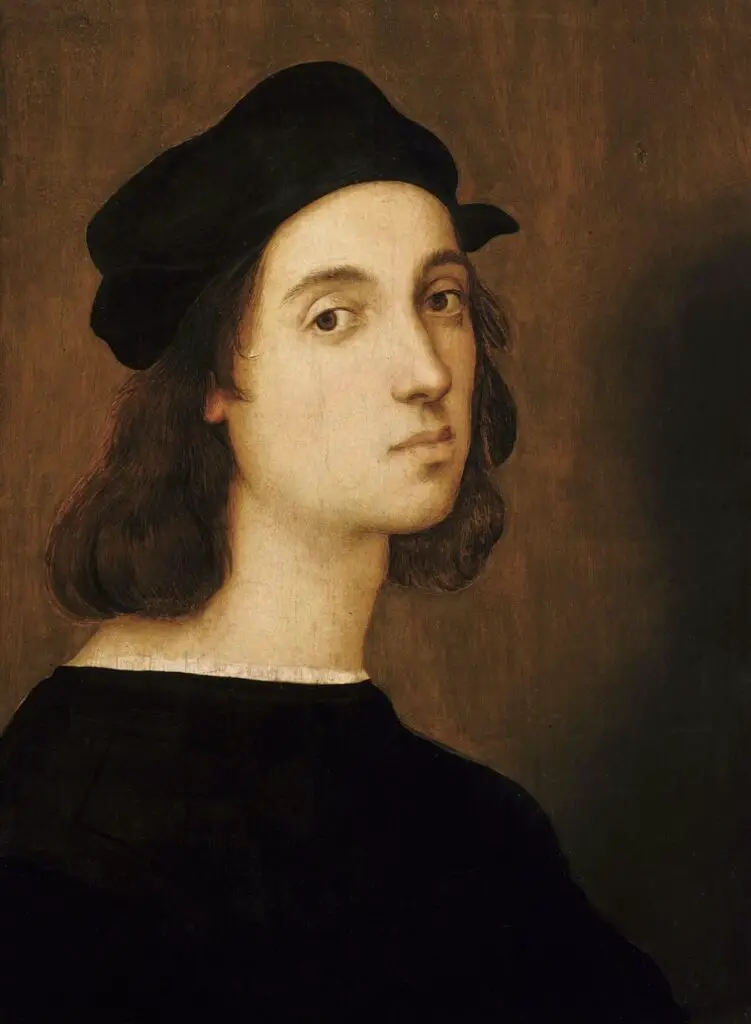
Raphael’s contributions to Renaissance art are often celebrated for grace and clarity. His School of Athens, a fresco in the Vatican, is an embodiment of Renaissance ideals. It features a gathering of classical philosophers such as Plato and Aristotle depicted with Renaissance-era figures. This work showcases Raphael’s command of perspective and his talent for creating harmonious and balanced compositions.
Titian: The Master of Color
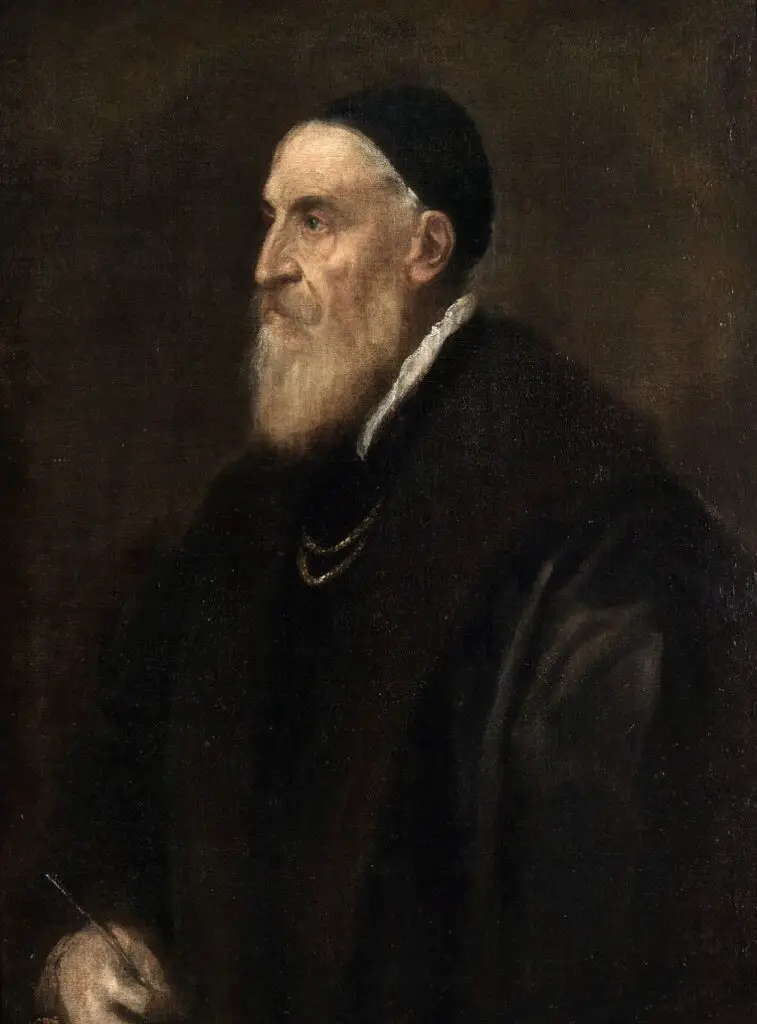
Titian was a Venetian painter known for his innovative use of color and expressive brushwork. His works, such as Assumption of the Virgin and Venus of Urbino, display his expertise in creating vivid, lifelike figures that glow with inner vitality. Titian’s use of color influenced the development of oil painting techniques, emphasizing the emotional power of vibrant, layered hues.
The Themes of Renaissance Art
Renaissance art has rich themes reflecting the era’s intellectual and cultural shifts. The focus on classical mythology, religious subjects, and the human experience gave artists various topics to explore.
Religious Narratives
Despite humanism’s secular influences, religious themes were still predominant during the Renaissance, driven by patronage from the Church. However, these depictions transformed.
Instead of rigid, symbolic representations, Renaissance religious art emphasized emotion, realism, and the individual’s connection with the divine. For example, Michelangelo’s Pietà captures the poignant grief of the Virgin Mary cradling the lifeless body of Christ, evoking profound empathy.
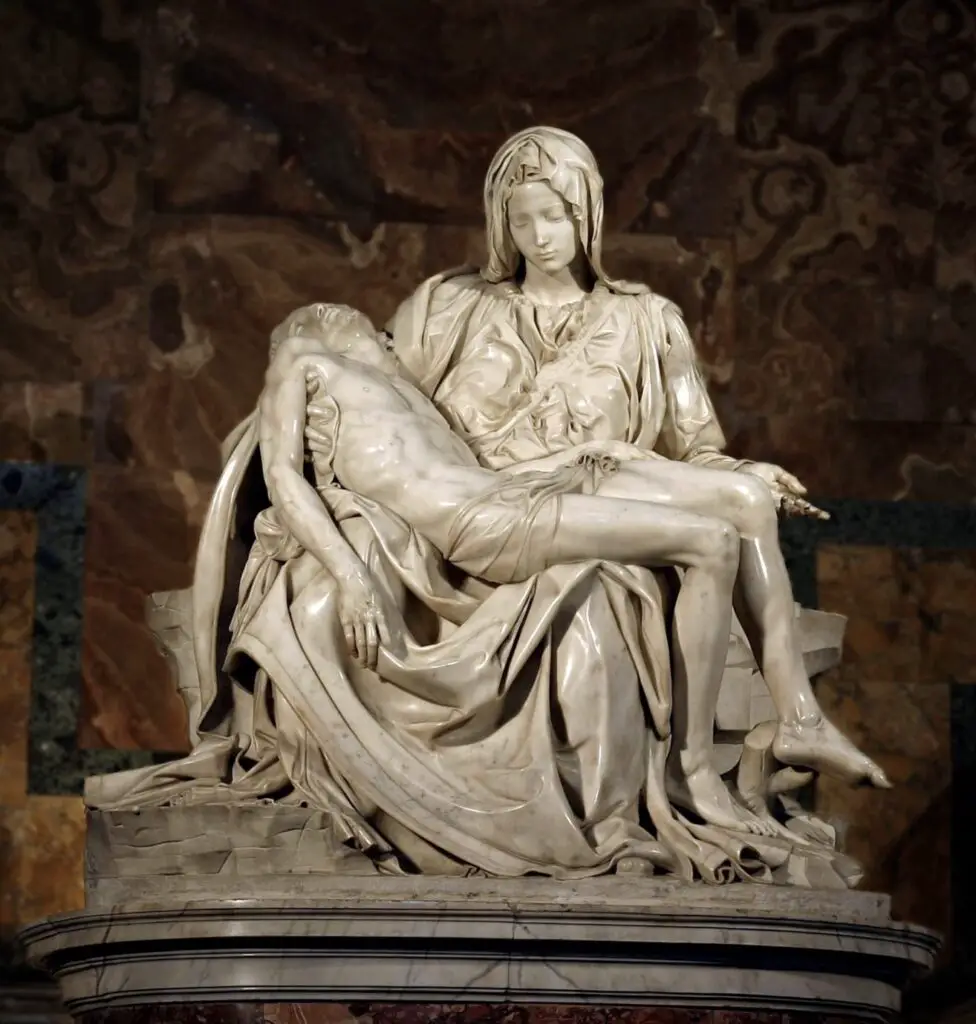
Classical Mythology
The rediscovery of Greco-Roman literature and philosophy inspired Renaissance artists to revisit themes from classical mythology. Sandro Botticelli’s The Birth of Venus is a prime example, depicting the goddess Venus emerging from the sea. This painting embodies the Renaissance ideals of beauty, proportion, and the merging of mythological and humanistic elements.
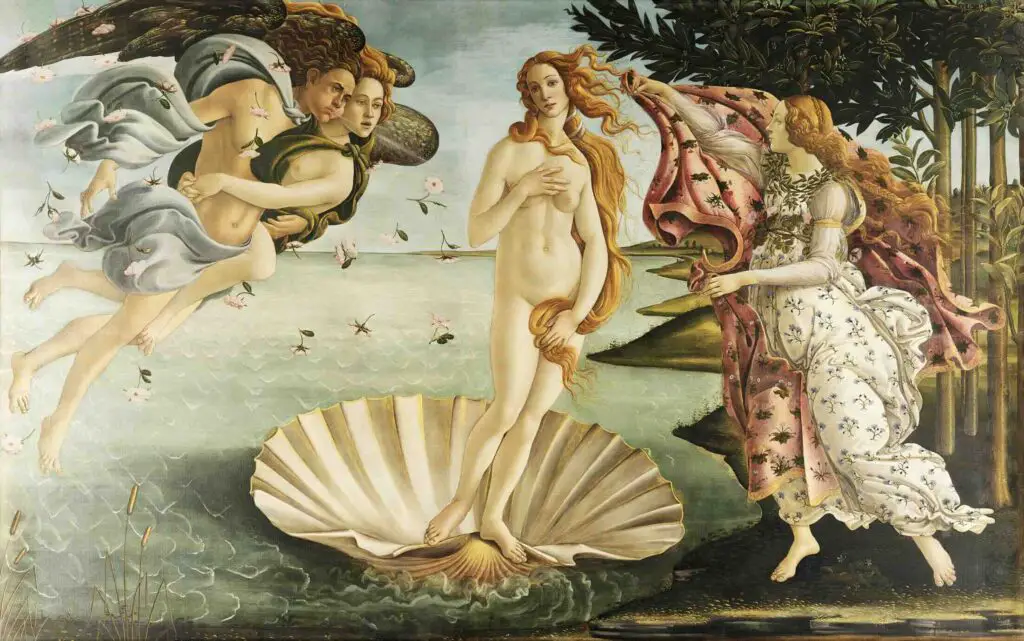
Portraiture and the Human Condition
Portraits gained popularity during the Renaissance as a way to showcase not only the likeness but also the personality and status of the individual. These works went beyond the superficial, delving into the sitter’s identity and emotions. Titian’s portraits of European nobility and da Vinci’s Mona Lisa illustrate this trend by capturing subtle expressions and psychological depth.
Renaissance Art: A Timeless Legacy
The Renaissance was more than just a historical period; it was a movement that redefined what art could be and how it could engage with the human spirit. The era’s emphasis on realism, innovation, and humanism reshaped the artistic landscape and laid the foundation for future artistic exploration.
From Leonardo da Vinci’s studies of the human form to Michelangelo’s awe-inspiring sculptures and Raphael’s harmonious compositions, Renaissance art continues to inspire artists and captivate audiences around the globe.
Understanding Renaissance art offers a window into a world where art and science intertwined, the human experience was celebrated, and the pursuit of knowledge and beauty reached new heights.
For the beginner, exploring this era is not just about appreciating masterpieces; it’s about connecting with a moment in history when creativity broke free from medieval constraints and ushered in a new age of artistic brilliance.
Anita Louise Art is dedicated to art education, great artists, and inspiring others to find and create their art. We love art that uplifts and inspires. #ArtToMakeYouSmile! #ArtToMakeYouHappy!
If you are interested to see any of my art, you can find out more by clicking here. If you are interested in what inspires me and my paintings, you can discover more by clicking here.
We have a free newsletter and would love you to be part of our community; you can subscribe to the newsletter by clicking here. If you have any questions, I would be happy to talk to you at any time. You can reach me, Anita, by clicking here.
Subscribe to our Anita Louise Art YouTube Channel filled with great videos and information by clicking here.
Related Questions
Why Was Impressionism Art At First Rejected?
During the emergence of impressionism art, fine-art oil painting was an essential addition to the interior design, especially for the affluent and the increasing arrival of the middle classes. For these art patrons, only some particular art styles were considered acceptable for them to use for the interior design of their home, and impressionism art did not fit into any of these culturally acceptable fine art categories.
By clicking here, you can learn more by reading Why Was Impressionism Art at First Rejected?
Similarities of Expressionism And Impressionism Art And Their Differences
Impressionism and Expressionism art movements started in Europe, but the impressionism movement started before the Expression art movement. Each movement has different looks of art which are distinguishable from each other. Even though they are both different art movements, there are still some similarities between them.
By clicking here, you can learn more by reading Similarities of Expressionism and Impressionism Art And Their Differences.
What Does Japonisme Mean?
The term Japonisme is about the influence of Japanese art on European culture and arts. Most notably, the influence Japanese woodblock prints had on the Impression art movement. Many of the prominent artists from the Impressionism art movement were inspired by the Japanese Ukiyo-e woodblock print artists.
By clicking here, you can learn more by reading What Does Japonisme Mean?

